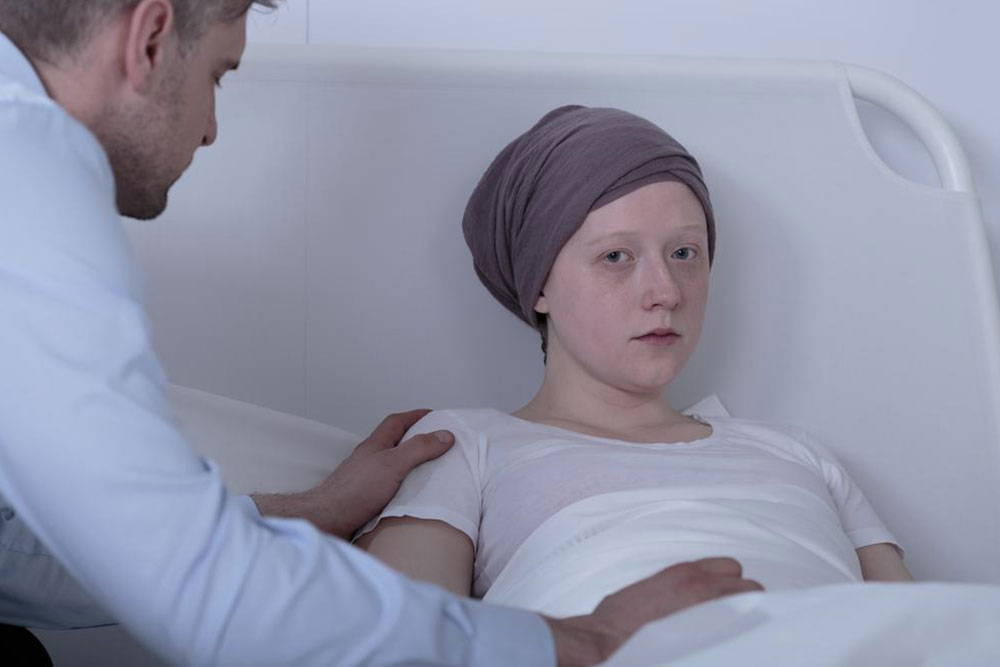Leukemia: Symptoms and more!
Cancer is a potentially fatal disease that affects various organs and parts of the body. One of the most dangerous kinds of cancers is known as Leukemia or blood cancer, which can start even during one’s childhood. Read on to know more about leukemia symptoms as well as other information about Leukemia.
Causes: There are a number of causes for leukemia. One of the main reasons includes exposure to indiscriminately high levels of radiation at a young age.

Development of Leukemia: This form of blood cancer develops when the leukemia are grouped. Also, the type of blood cells that get affected will decide on the development and progression of the disease, to a great extent. This will also decide on the kind of leukemia that a person may suffer from.
Risks: There are a number of risks that a person is exposed to when he or she contracts leukemia. The patient will be more susceptible to infections than others because his or her immunity will be at an all time low. Also, anemia and bleeding are some of the most common risks that a person with this disease suffers from.
Symptoms: There are a number of symptoms that may point at the existence of this disease. In the initial phases of this disease, the symptoms of leukemia may not be very obvious and this makes it difficult to detect. One of the main symptoms include bleeding, which gets progressively worse as the disease spreads over different areas and in its intensity increases.
Fatigue and weight: Unexplained weight loss and constant fatigue are also some of the common symptoms that one may experience. This should be one of the main signs to look out for. Further, the patient will also suffer from night sweating as well as the appearance of swollen glands around the neck and upper parts of the body. Apart from this, the patient will also experience a lot of bloating despite the weight and appetite loss.
Fever and chills: The patient will also have fever every few days and the temperature might rise to a great degree. Also, chills and pain in the bones will become a regular feature for the patient. The left side of the abdomen will also be swollen due to the spread of this disease. Patients will frequently complain about nose bleeding and bruises as well as heavy menstrual periods.
Diagnosis and treatment: The main form of diagnosis for this disease includes a detailed blood cell count so that one can find out the count of the damaged and functioning cells. Also, an ultrasound and other imaging tests can help in diagnosis. The treatment methods include stem cell transplants and chemotherapy as well as radiation.